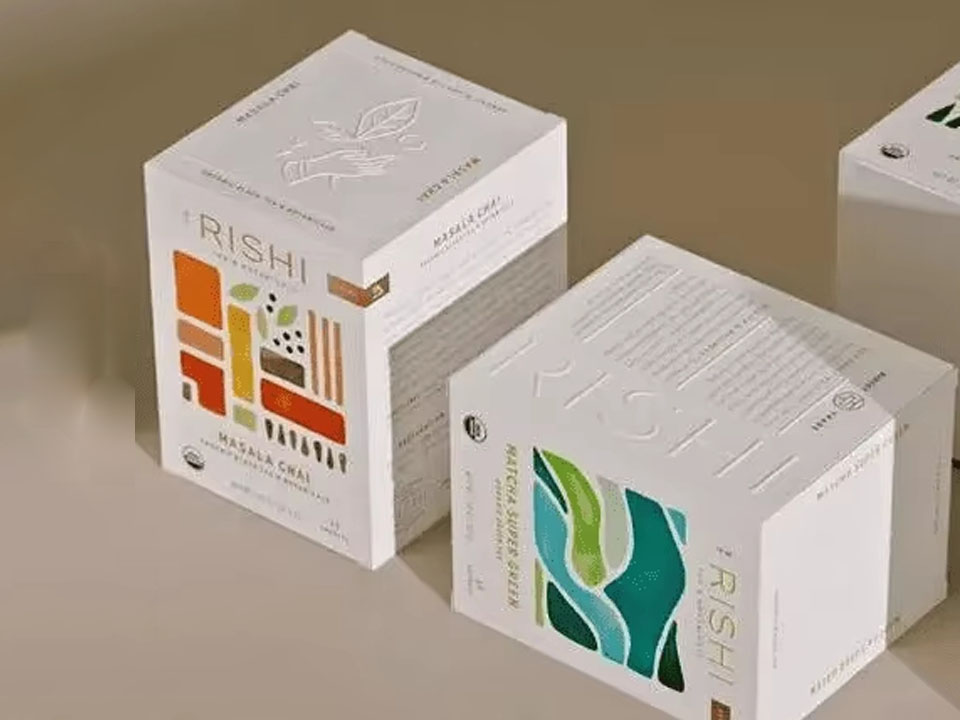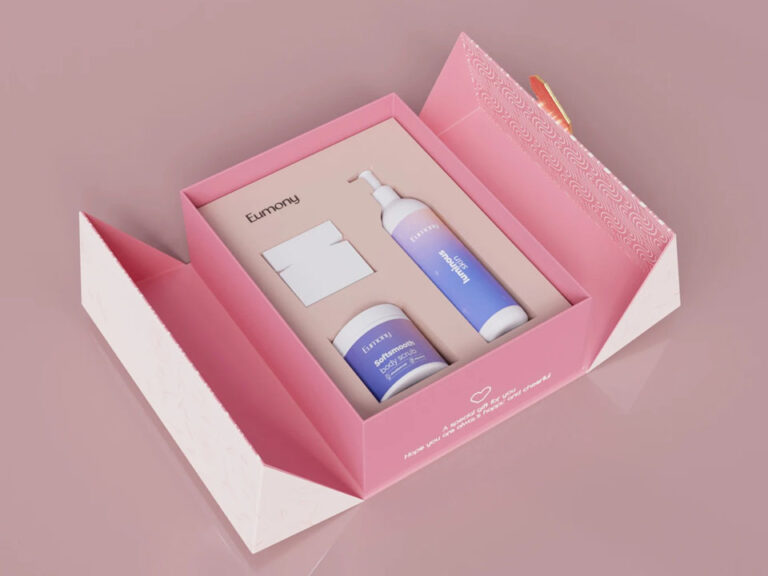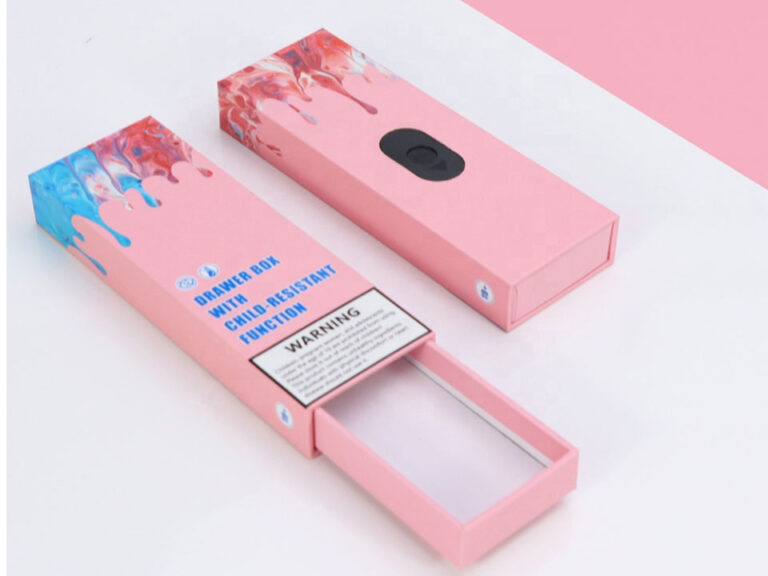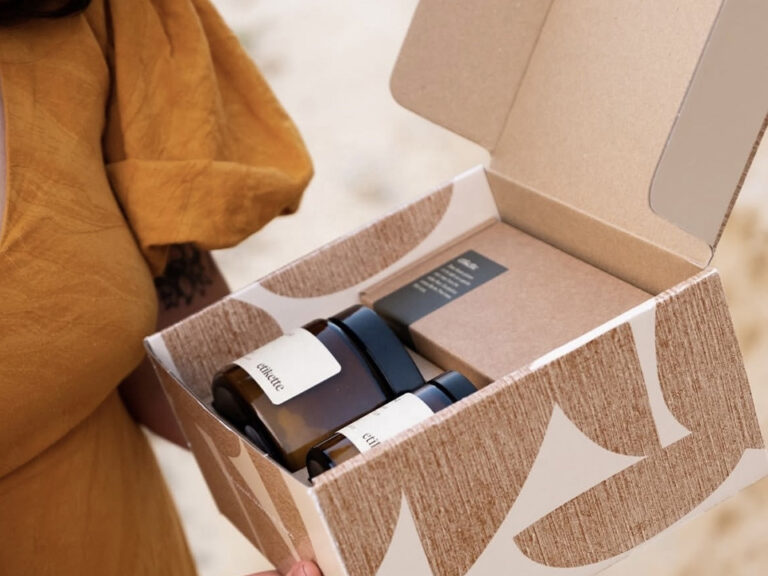How To Manage Cannabis Packaging Inventory for Increased Availability and Reduced Costs
If you run a cannabis brand or a co-packing line, your packaging isn’t just cardboard and ink. It’s your silent sales rep, your compliance bodyguard, and—on bad days—your bottleneck. When cartons, tubes, or labels go missing, finished goods pile up, promos slip, and ops folks get grumpy. Been there; not fun. The good news: with a few pragmatic habits, you can keep availability high while quietly trimming the waste that sneaks into inventory.
Below is a hands-on, field-tested playbook you can put to work this week. It’s opinionated, a bit conversational, and yes—intentionally imperfect in a couple places (real people write like this, ya know).
Table of Contents
What “Good” Looks Like
“Good” cannabis packaging inventory management means:
- Right pack, right place, right time. Pre-roll sleeves before harvest drops, child-resistant cartons before a new state launches.
- Low friction for production. Fewer fire drills and expediting.
- Audit-ready compliance. Clear specs, version control, and traceability for every run.
- Cash not stuck on a shelf. Fewer slow movers, smaller dead stock.
You’ll notice I didn’t mention specific dollar figures. We’re optimizing outcomes without publishing cost math.

Step 1: Segment SKUs with ABC/XYZ
Not every packaging component deserves the same attention. Start by pairing two simple lenses:
- ABC (value & volume):
- A: The small set of items that drive most of your throughput (e.g., primary cartons for your flagship SKUs).
- B: Medium movers.
- C: The long tail (seasonal wraps, one-off foils, etc.).
- XYZ (predictability):
- X: Stable demand (steady weekly runs).
- Y: Some swings (drop days, LTOs).
- Z: Highly erratic (collabs, event packs).
How to use it:
- AX items get tight control and frequent reviews.
- AZ / CZ items get low minimums and strict sunset plans.
- BY / BZ items get flexible suppliers or plain-vanilla specs that can pivot between flavors or strains.
This simple matrix stops you from over-buying art-heavy cartons “just in case.” It also prevents under-ordering the tubes you burn thru every week.

Step 2: Nail the Reorder Trigger
A reorder point is the moment you tell purchasing, “Go.” It should account for two things:
- How fast you consume a component (true usage, not wishful thinking).
- How long replenishment takes door-to-dock (supplier lead time + transit + receiving + QC).
A practical formulation looks like:
Reorder Point = Lead-Time Demand + Safety Stock
- Lead-time demand: average daily usage × confirmed lead time.
- Safety stock: a small buffer to absorb demand bumps and lead-time slips. Calibrate it from your real variability and service level, not vibes.
No need to publish numeric examples here; the power is in the habit. Set it once, review it often.
Step 3: Demand Forecasting
Classic forecasting uses history and seasonality (4/20, Green Wednesday, holiday gifting). It’s still useful. But the category moves fast, so demand sensing—short-interval signals like recent POS velocity, online cart trends, or distributor re-orders—keeps you from over-reacting or waiting too long. If your tech stack allows, bias toward fresher signal for your AX and AY items.
Pro tip: “Bad” forecasts usually fail in two places—ignoring new compliance rules in a region, and forgetting marketing calendars. Pull those into your planning cycle.
Step 4: Standardize Where You Can
Every custom dieline or foil color adds complexity. Where it fits the brand:
- Re-use common inserts across multiple jar sizes or SKUs.
- Keep a universal outer master carton with internal dividers that adapt.
- Consolidate to a core paper stock and finish family so you can flex volume across lines.
When you do need premium touches, anchor them to predictable items (AX/AY), not the Z-class experiments. This alone reduces obsolescence alot.

Step 5: Build Supplier Flex and Clear Specs
Create a lightweight, living spec pack for each component:
- Final dieline PDFs with revision dates.
- Material & finish (e.g., SBS board weight, laminate, emboss/deboss notes).
- Print tolerances and color targets (Pantone/CMYK).
- Compliance marks and state-specific warnings.
- Carton strength or tube crush requirements as needed.
Then dual-source critical paths where feasible (e.g., vape cartridge tubes, pre-roll multipack boxes) and maintain a backup for finishing steps like foil or spot UV. You don’t want lead times to own you.
When you’re exploring or upgrading packaging, see examples close to your needs:
- Explore compliant marijuana packaging options.
- Review child-resistant packaging families for multi-state rules.
- Plan display readiness with pre-roll boxes and concentrate packaging boxes.
- For multipacks, check child-resistant pre-roll slider boxes.
- For edibles & jars, review cannabis jar and edible packaging boxes.
- For hardware lines, consider vape cartridge tubes with custom printing.
And if you want a starting point or a sanity check, say hi to Zhibang Packaging—their catalog breadth makes standardization easier across lines.
Step 6: Barcode Everything and Track Lots
Treat packaging like product:
- Unique barcodes for every component revision.
- Lot IDs from suppliers captured at receiving.
- Scan at each movement: receiving → QC → storage bin → kitting → line issue.
- Keep version control tied to artwork and compliance statements so old cartons don’t sneak back into circulation.
This makes cycle counts fast and audit answers easy. Also, when you sunset a design, you’ll know exactly how many remnants exist (and where).
Step 7: Kitting + Line Readiness
Most cannabis production flows smoother when you kit packaging sets in advance of runs:
- Bundle primary carton, insert, label set, tamper seal, and any shippers.
- Stage one kit per finished-goods batch, with a small “overage kit” to replace scuffed cartons without halting lines.
- Pre-apply variable data labels where it’s compliant to do so, reducing on-line changeovers.
Kitting exposes shortages earlier. If something’s light, you learn it in staging—not during a 7 a.m. start with a full crew.
Step 8: Right-Size Safety Stock
Safety stock isn’t a vibe; it’s a policy. Use your variability in demand and lead time to set a buffer that protects service level without clogging racks. Review quarterly, and after meaningful supplier changes or state expansions. Keep buffers closest to the risk: if lead times are the problem, hold more finished cartons rather than raw paper.
Step 9: Automate the Boring Parts
Even a lightweight system can auto-reorder when on-hand hits the point you defined:
- Use reorder workflows in your WMS/ERP or a disciplined spreadsheet with clear owners.
- Turn on alerts for anomalies: sudden velocity spikes, unusual scrap, unexpected supplier delays.
- Lock artwork files behind a change-request step so ops can’t accidentally reorder an old revision.
Bonus: many brands set a weekly packaging stand-up—15 minutes with production, procurement, and marketing to look 2–6 weeks ahead. It’s short, but mighty.
Step 10: Plan for Compliance Change Without Panic
Regulations evolve. To stay nimble:
- Keep modular layouts where warnings and symbols live in predictable zones.
- Maintain a “fast-update” template for label changes so you can pivot without re-engineering the whole carton.
- Use clear effective-date policies to burn down old art legally and responsibly.
If you need specialized CR formats or multi-state lock systems, browse child-resistant packaging lines or message the team via Contact Us for guidance.
KPIs Worth Watching
- Fill rate (did production get 100% of what it asked for, on time).
- Days of supply per ABC group.
- On-time in-full from suppliers (OTIF).
- Obsolescence rate (what percent of pieces you write off after artwork or compliance changes).
- Cycle count accuracy in A bins.
Run a simple monthly dashboard. If a metric drifts, fix the process—not just the number.
Sustainability Without Stockouts
Eco-forward choices don’t have to wreck availability. Simple wins:
- Standardize to recyclable boards and repeatable finishes.
- Use insert systems that adapt to new SKUs without scrapping old parts.
- Plan art refresh windows so you draw down inventory before the new creative hits.
If you’re exploring greener formats for concentrates, scan concentrate packaging boxes for ideas that still protect product integrity.
Quick Troubleshooting Guide
- “We keep running short on one critical carton.” Re-check real usage vs. BOM assumptions; your line scrap or promo packs may be higher than modeled. Boost safety stock briefly while you re-baseline.
- “Lead times slipped again.” Add a contingency supplier for that form factor. Swap custom foil to a stocked metallic ink if the look stays on-brand.
- “We’re drowning in slow-moving special prints.” Move those SKUs to a common base carton + variable label system until demand proves out. Be ruthless; future-you will be thankful.
Put It Into Practice—Today
- Classify your top 30 packaging SKUs with ABC/XYZ.
- Set or refresh reorder points on all A and B items.
- Start kitting for your next two production runs.
- Lock in a monthly metric review and a weekly 15-minute packaging huddle.
- When you’re ready to standardize or scale, skim options like pre-roll boxes, marijuana packaging, and child-resistant packaging to keep the look sharp and compliant while supply stays predictable.
If you need tailored dielines or a sanity check on CR options, the team at Zhibang Packaging can help streamline your SKU set without sacrificing shelf appeal.
Meta description
A practical, human guide to managing cannabis packaging inventory—forecasting, reorder points, safety stock, kitting, and supplier strategy—to boost availability and reduce needless waste (without sharing cost math).











